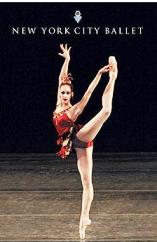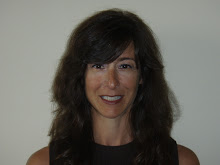Part 1-
With the country’s population expected to change dramatically within the next twenty years, arts organizations from theater to dance to opera and museums are grappling with how to prepare for the urban landscape of the 21st century.
According to the U.S. Census Bureau,www.census.gov/, by the year 2050, the racial minority population of the United States is expected to exceed 50%, making the heart and soul of the country primarily African Americans, Latinos, Asians and other diverse groups. Arts organizations that recognize this changing mosaic understand that to be successful they must make changes in programming that reflect the cultural interests of all of their constituents and create innovative outreach campaigns that speak to the individual needs of each group. Staying relevant to changing demographics is key if arts organizations want to continue to attract audiences and continue to play a vital role in society.
“These are difficult times for the arts, “ said Michael Kaiser, President of the Kennedy Center for the Performing Arts,www.kennedy-center.org/. “Arts organizations have limited resources and are reluctant to make the long term commitment that is imperative if they are to demonstrate that the arts are relevant to everyone.”
Between dwindling budgets and increased competition for audience attention, there is no question that there are many challenges. Diversifying one’s audience and learning to embrace the changing spirit of the country may offer some solutions if the arts are to continue to have relevance as an expression of the country’s collective cultural heritage.
Until recently, arts organizations approached diversity outreach by hosting a handful of heritage days, presenting a few well-known productions by diverse artists and producing one time festivals, all with little or no attention to targeted marketing and public relations. Today, savvy arts organizations like the Kennedy Center and many others, are realizing that extending their reach further into targeted communities with innovative performances, and strategic marketing is having a real impact on attracting new and diverse audiences.
For Queens Theatre in the Park, (QTIP), queenstheatre.org/ whose primary role is to serve the borough of Queens in New York City, the biggest challenge was reaching the Latino and African American communities. Latinos alone represent 25% of the borough’s population yet despite over 500,000 Spanish-speaking people they really had no connection to QTIP. “If you stood right in front of our building and asked Latin people where is Queens Theatre in the Park located, they wouldn’t know,” said Jeffrey Rosenstock, Executive Director of QTIP. “It was then that we truly understood that programming must reflect the target audience and give each community what they want to see.”
As a result QTIP began a month long festival providing Latinos the opportunity to see their own artists in a serious venue for the first time. A host of Latino performers from different countries were presented including a popular salsa dance company from Columbia that sold out immediately thanks to the help of buzz generated from a community outreach group made up of Columbian radio stations, newspapers, cultural attaches and others that tapped into the Columbian community both abroad and in Queens. Ten years later tactics like these and smart programming has made the festival more popular than ever year after year.
Many organizations across the country including Alvin Ailey, the Miami City Ballet and the Los Angeles Philharmonic, to name only a few, have been successful in eliminating barriers and making the audience part of the artistic process. These organizations recognize that embracing diverse forms of art and incorporating them into programs that are engaging to different communities is challenging but worth the long term effort.

